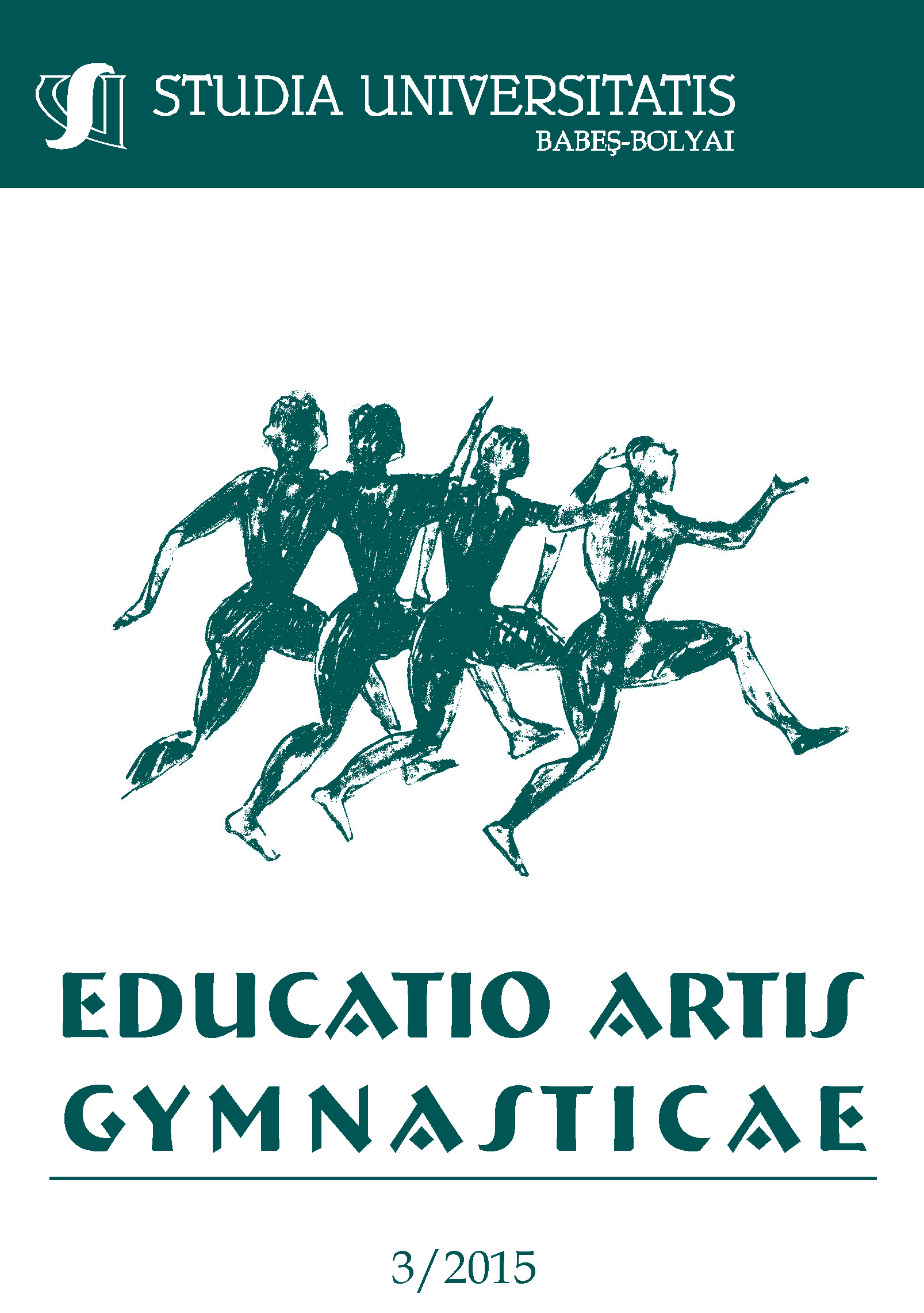STUDY OF THE YOUTH AND JUNIOR WORLD CHAMPIONSHIPS FINALIST ADULT PERFORMANCE DEPENDING ON THE PLACES
Keywords:
middle-distance runners, junior championship, youth championshipAbstract
The aim of the study analyses the subsequent-adulthood performance of world champion finalist male middle-distance runners from 1998 to 2012 with regards to respective competitor’s ages. The study focuses on: the finalists of the IAAF World Youth and Junior Championships (N=240), the racer’s time results at the age group world championship, and their personal bests (pb) in contrast to the location of their finals. Basic statistical analysis (mean, standard deviation - SD) and T-tests for independent samples were used to compare the average values of the group-age time results with their personal best time results. Significant progressions (p≤0,05) were found in the time results for all finishing-places in the cases of the youth and junior males, save for one exception. From the Youth World Championship finalist male middle-distance runners: only 25.9% were qualified to race at the Olympics or the World Championships. On the other hand, the junior age shows better performance in this case (50%). Investigation of the time results revealed significant progression for almost all of the prior-mentioned cases. For all examined placed runners of the Great Championships, remarkable differences were found between the youth and junior age group.References
GRUND M., RITZDORF W. (2006). From talent to elite athlete - A study of the performance development of the finalists at the 1999 IAAF World Youth Athletics Championships p. 43-55. NSA by IAAF, 2-2006.
ZELICHENOK V. (2005). The long-term competition activity of the world’s top athletes p. 19-24. NSA by IAAF, 2-2005.
HOLLINGS S., HUME P. (2011). Progression of Elite New Zealand and Australian Junior Athletes to Senior Representation p. 127-135NSA by IAAF, 2-2011.
OTTE, M. (2002). Die Finalisten internationaler Leichtath-letik-Junioren-Weltmeister-schaftenvon 1986- 1996 und ihre Leistungsentwicklungim Aktivenalter. Köln: Deutsche Sporthochschule Köln, Diplomarbeit, 2002.
KUPPER, K. (1991). Talenterkennung und Aspekte der Tal-ententwicklungim Prozess des Trainings und Wettkampfs. In: BEIER, Adolf/ COLLMANN, Klaus (Red.): Talent und Talentförderung (Readerzum 6.Workshop: Landesprogramm „Talentsuche und Talentförderung von Schule und Verein/ Verbandin NRW am 24./ 25. Oktoberin Dortmund). Siegen: Universität Siegen, 68-79. 1991.
HOLLINGS, S. C. (2006). World junior success is a prerequisite for world senior success. Modern Athlete and Coach, 44(1), 14-17.2006.
NSA by IAAF Jürgen Schiffer Distance training for young athletes by Lydiard Arthur Sports Talent, How to identify and develop outstanding athletes by Jim Brown p. 245-246.
IAAF Scoring Tables of Athletics – Outdoor, Spiriev 2014.
Downloads
Published
How to Cite
Issue
Section
License
Copyright (c) 2015 Studia Universitatis Babeș-Bolyai Educatio Artis Gymnasticae

This work is licensed under a Creative Commons Attribution-NonCommercial-NoDerivatives 4.0 International License.



